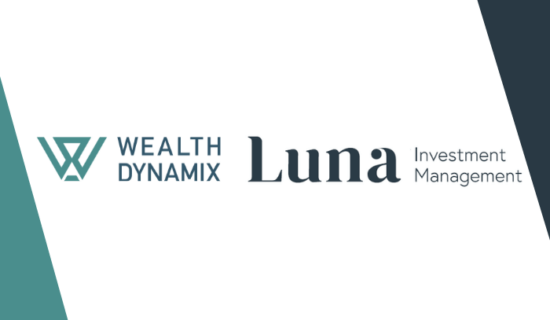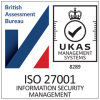Trust and service are the lifeblood of every client-advisor relationship. When trust is lost, casualties can include both existing clients and new business referrals. But how is trust built?
Stellar investment performance is obviously a key goal, but isn’t necessarily within a relationship manager’s control. Historically it is high quality, attentive, face-to-face client service that relationship managers have relied upon to build trust and create long-lasting, sticky partnerships.
Complementary personalities and professional chemistry between two individuals are crucial to build long-lasting, trusted connections. No-one wants to be treated like a number or a piece of data, but the relevance and timeliness of recommendations – which is reliant on data analytics and intelligent automation to get right – is an increasingly important element. Especially in times of socio-economic uncertainty, clients need to trust you to pivot as required, when market conditions or their feelings fluctuate.
By combining technology, data, communication and service, wealth managers can increase transparency and strengthen client trust, to remain competitive.
1. Technology. In 2020, investors gravitated towards wealth management firms demonstrating technology proficiency and innovation. Given the impact of lengthy lockdowns and proliferation of remote working, any firm that failed to equip relationship managers with the technology needed to maintain transparent and trusted client relationships fared poorly, and may not survive for long.
Communication tools like Zoom, Teams and Slack received most of the airtime, but the unsung heroes were the Client Lifecycle Management (CLM) tools that made it possible for firms to continue orchestrating all phases of the client lifecycle effectively, and working seamlessly with colleagues who were not co-located, to deliver exceptional client service.
2. Data. Technology relies on data to yield actionable insights. Without data analysis the process of matching products as closely as possible to client requirements takes time, is error-prone and can lack relevance. Wealth managers must capture and retain as much client data as possible, then analyse it continuously, in granular detail.
“Communication tools like Zoom, Teams and Slack received most of the airtime, but the unsung heroes were the Client Lifecycle Management (CLM) tools that made it possible for firms to continue orchestrating all phases of the client lifecycle effectively, and working seamlessly with colleagues who were not co-located, to deliver exceptional client service..”
Willingness to share personal data has been impacted by various high profile breach cases that have bred doubt around motives for capturing and retaining client data.
Such suspicion is hard to deflect without total transparency. Clients must always know what data you hold about them and how you are using it. The sooner clients can see how data drives value and growth, and are reassured by the compliance that underlies it, the sooner they will trust you to treat it respectfully, to their benefit.
3. Service. Central to building trusted client relationship is transparency. Be clear on the safeguards you have in place to ensure that technology and data are secure, properly maintained, accessed only by authorised individuals and disposed of when no longer required. Respond to client enquiries quickly. Analyse client interactions to book meetings or calls (via their channel of choice) that are relevant and timely. And if client preferences change, detect that immediately and pivot proactively to optimise client service.
View in-life reviews as more than just a remediation exercise. Use time spent with clients to probe further on their feelings, needs, goals, attitudes to risk, hopes and fears for family and views on philanthropy. Begin conversations by enquiring about their child’s progress at university, the time they spent in lockdown on their yacht, or elderly relatives, and empathise with them.
When a client trusts their wealth manager enough to use them for all of their needs, the result is a long-lasting, sticky relationship. Trust takes time, because reliability, competence and honesty cannot be proven overnight.
However, by combining service, technology and security, you will fosters a level of transparency that accelerates the formation of trust.
This article is an extract from our e-book 6 ways wealth managers can convert interactions into trusted client relationships. Download the full e-book via the button below.





